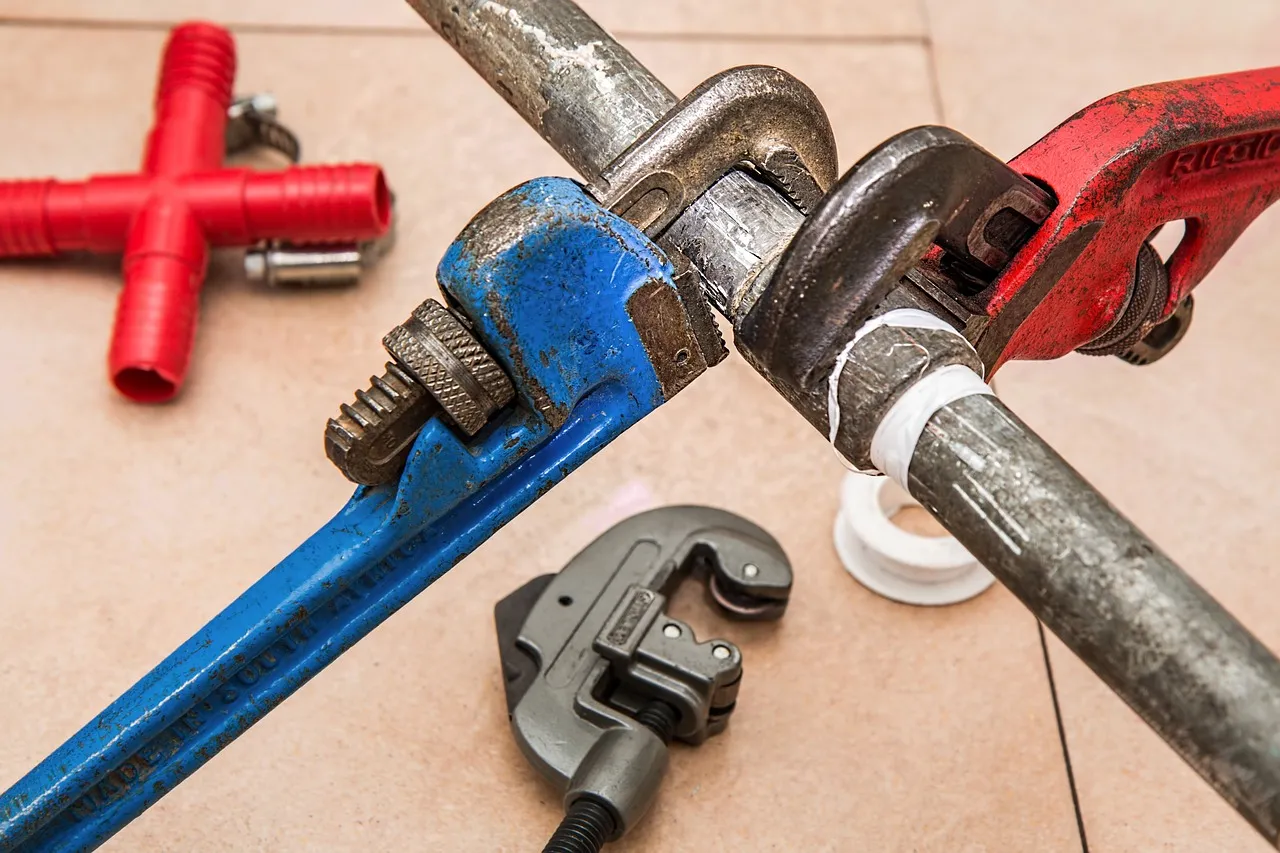How Much Can A Landlord Charge For Damages In California?
As a renter in California, you may be wondering how much your landlord can legally charge you for any damages to the rental property. The quick answer is your landlord can only charge you for the reasonable cost to repair damages that exceed normal wear and tear.
In this comprehensive guide, we’ll explain California laws limiting how much landlords can charge tenants for damages. We’ll cover security deposit deductions, what constitutes normal wear and tear, and steps renters can take to dispute unreasonable charges.
Security Deposits and Allowable Deductions
California Security Deposit Limits
In California, landlords are allowed to collect security deposits from tenants to cover any potential damages to the rental property. However, there are limits to how much a landlord can charge as a security deposit.
According to California law, for unfurnished residential properties, the maximum security deposit that can be collected is equal to two months’ rent. For furnished properties, landlords can collect up to three months’ rent as a security deposit.
It’s important for both landlords and tenants to be aware of these limits to ensure compliance with the law. Charging more than the allowable limit can result in legal consequences for the landlord.
Permitted Uses of Deposit Funds
Landlords in California can only use the security deposit funds for specific purposes outlined in the law. These purposes include:
- Unpaid rent: If a tenant leaves without paying rent, the landlord can deduct the amount owed from the security deposit.
- Repairing damages beyond normal wear and tear: Landlords can use the security deposit to cover the cost of repairing damages caused by the tenant that go beyond normal wear and tear.
- Cleaning fees: If a tenant leaves the rental property in an excessively dirty or untidy condition, the landlord can deduct reasonable cleaning fees from the security deposit.
- Replacing or repairing items: If the tenant has damaged or broken any items provided by the landlord, such as appliances or furniture, the cost of replacement or repair can be deducted from the security deposit.
It’s important for landlords to keep records and documentation of any deductions made from the security deposit. This will help in case of any disputes with tenants.
For more detailed information on security deposit regulations in California, you can visit the official website of the California Department of Consumer Affairs: www.dca.ca.gov.
Remember, understanding the rules and regulations regarding security deposits in California is essential for both landlords and tenants to ensure a fair and smooth rental experience.
Defining Normal Wear and Tear
When it comes to determining how much a landlord can charge for damages in California, it’s essential to understand the concept of normal wear and tear. Normal wear and tear refers to the natural deterioration that occurs to a property over time, due to ordinary use and aging.
It is important to note that normal wear and tear is different from damages caused by negligence or intentional acts by tenants.
Examples of Ordinary Usage Damages
Ordinary usage damages are typically considered part of normal wear and tear and are the responsibility of the landlord to repair or replace. These damages are the result of everyday use and include minor scuffs on walls, worn-out carpets, and slightly faded paint.
Additionally, minor scratches on floors, loose door handles, and worn-out appliances can also be considered ordinary usage damages.
However, it’s important to note that damages that go beyond ordinary usage, such as large holes in walls, significant carpet stains, or broken windows, are not considered normal wear and tear. These damages may be the responsibility of the tenant, and the landlord may be entitled to charge for the repairs or replacement.
Landlord Obligations for Maintenance
Landlords in California have certain obligations when it comes to property maintenance. They are required to keep the rental unit in a habitable condition, which means it should meet basic health and safety standards.
This includes ensuring the property has a functioning heating system, adequate plumbing, and safe electrical wiring, among other things.
As part of their maintenance obligations, landlords are responsible for repairing or replacing any damages that are not the result of tenant negligence or intentional acts. This includes damages caused by normal wear and tear.
It’s important for landlords to conduct regular inspections and address any maintenance issues promptly to prevent further damage to the property.
For more information on landlord-tenant laws and responsibilities in California, you can visit the official website of the California Department of Consumer Affairs: https://www.dca.ca.gov/.
Disputing Unreasonable Damage Charges
Written Estimate of Repair Costs
When it comes to disputing unreasonable damage charges, one of the first steps a tenant can take is to request a written estimate of the repair costs from the landlord. This can be done by sending a formal letter or email outlining the specific damages being disputed and requesting documentation to support the charges.
By requesting a written estimate, tenants can ensure transparency and prevent landlords from overcharging for repairs.
It’s important for tenants to familiarize themselves with the California Civil Code, which outlines the landlord’s obligations when it comes to charging for damages. According to the code, landlords can only deduct from a tenant’s security deposit for damages beyond normal wear and tear.
By obtaining a written estimate, tenants can compare the charges with the actual cost of repairs, helping them determine if the landlord’s charges are reasonable or excessive.
For further guidance, tenants can also consult resources such as the California Department of Consumer Affairs website, which provides information on tenant rights and responsibilities. This website can offer valuable insights into the specific laws and regulations that govern damage charges in California.
Contesting Improper Deductions
If a tenant believes that the landlord has made improper deductions for damages, there are steps they can take to contest these charges. The first step is to communicate with the landlord in writing, outlining the reasons why the charges are disputed and requesting a refund of the excess amount.
If the landlord refuses to refund the disputed charges, tenants may need to consider taking legal action. In California, tenants have the option to file a small claims lawsuit against their landlord to recover the excessive charges.
Small claims court is designed to handle disputes involving smaller amounts of money, making it a viable option for tenants seeking resolution.
It’s important for tenants to gather evidence to support their claim, such as photographs of the property before and after the tenancy, witness statements, and any other relevant documentation. By presenting a strong case in court, tenants have a better chance of recovering the excess charges and holding their landlord accountable.
Remember, it’s always advisable for tenants to seek legal advice or consult with a tenant’s rights organization to ensure they are fully informed of their rights and options when disputing unreasonable damage charges.
Penalties for Overcharging Tenants
Withholding Legally Required Repairs
Landlords in California have a legal responsibility to maintain the habitability of their rental properties and make necessary repairs. If a landlord fails to address repairs that affect the health and safety of the tenant, it can result in penalties.
Under California law, tenants can take legal action against their landlord for withholding necessary repairs and may be entitled to compensation.
In such cases, tenants may be able to recover damages that include the costs of alternative housing, medical expenses, and even emotional distress suffered as a result of the landlord’s negligence. Additionally, if the landlord’s actions are found to be intentional, punitive damages may also be awarded.
Treble Damages for Bad Faith
California law provides further protection for tenants by allowing them to seek treble damages in cases where the landlord has acted in bad faith. Treble damages refer to triple the amount of actual damages suffered by the tenant.
This means that if a landlord is found to have overcharged a tenant for damages, the tenant may be entitled to receive three times the actual amount of damages incurred.
It’s important to note that treble damages are only applicable in cases where the landlord’s actions are deemed to be in bad faith. This can include situations where the landlord intentionally inflates the cost of repairs or charges excessive fees for damages that were not the tenant’s responsibility.
For more information on tenant rights and landlord responsibilities in California, you can visit the official website of the California Department of Consumer Affairs https://www.dca.ca.gov.
Conclusion
California law limits the amount landlords can charge tenants for damages to the reasonable cost of repairs beyond normal wear and tear. Tenants have the right to contest unreasonable deductions from their security deposit.
By understanding tenants’ rights and diligently documenting the condition of rentals, both landlords and tenants can avoid disputes over damage costs in California.








